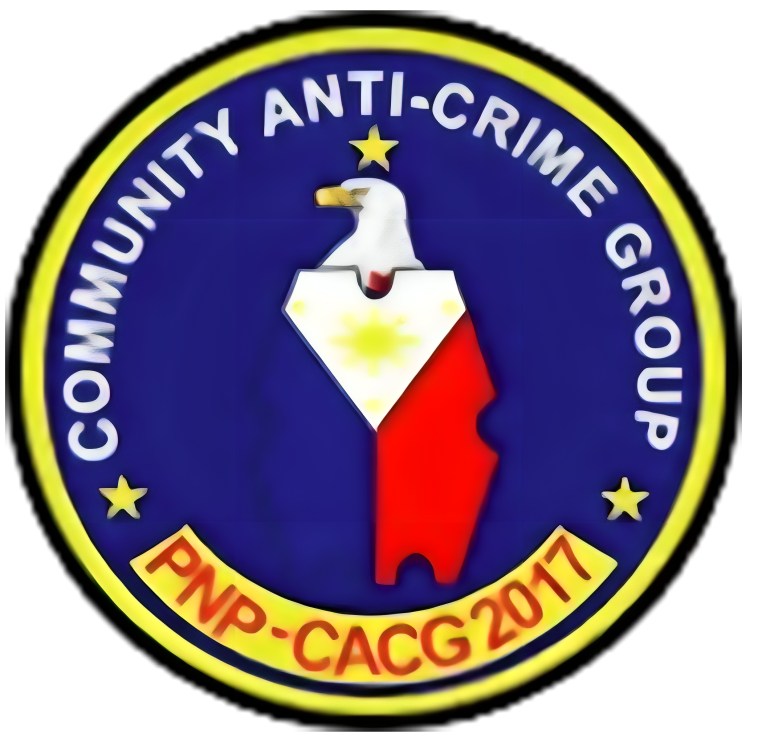Introduction
In an evolving landscape of public safety and community development, the Community Anti-Crime Group (CACG) has emerged as a pivotal force in enhancing grassroots governance, promoting civic responsibility, and reinforcing peace and order. Through its structured initiatives and strategic partnerships, CACG not only contributes to reducing crime but also strengthens community trust and cohesion.
This article explores the impact of CACG on the Community Peace and Order Index (CPOI), highlights the recognition of outstanding members and units, and examines its collaborations with civic organizations, educational institutions, and local government units (LGUs).
1. How CACG Improves Community Peace and Order Index (CPOI)
Tangible Contributions to Crime Reduction and Public Safety
The Community Peace and Order Index (CPOI) serves as a performance measurement tool that reflects the state of safety and security within communities. CACG’s grassroots-level interventions have demonstrated quantifiable impact in improving CPOI scores across various regions.
Key Initiatives Driving CPOI Improvements:
- Barangay Watch Programs
CACG organizes volunteer patrols and community alert systems to prevent theft, domestic violence, and drug-related offenses. - Mediation and Conflict Resolution
Trained CACG members mediate disputes before they escalate into crimes, reducing police caseloads and fostering harmony. - Crime Mapping and Data Sharing
CACG collaborates with local police to report suspicious activity and share real-time updates, resulting in faster response times and targeted interventions. - Awareness Campaigns
Regular seminars on crime prevention, youth engagement, and anti-drug advocacy are conducted, reducing the risk factors for criminal behavior.
2. Recognizing Outstanding CACG Members and Units
Acknowledging Civic Excellence
CACG thrives on the dedication, discipline, and courage of its volunteers. To inspire and retain talent, annual awards and commendations are given to individuals and units who have shown exceptional service.
3. Partnerships Between CACG and Other Civic Organizations
Collaborative Synergy with Key Stakeholders
CACG amplifies its effectiveness through strategic alliances with NGOs, schools, faith-based groups, and LGUs. These partnerships enable resource pooling, training enhancement, and widespread awareness campaigns.
Notable Collaborations:
- With NGOs:
Philippine Red Cross – Joint disaster response training and bloodletting drives. - With Schools:
CACG chapters regularly partner with local schools to conduct:- Anti-bullying seminars
- Emergency drills
- Youth leadership camps
- With LGUs:
Municipal governments often include CACG in planning sessions for:- Peace and order councils
- Curfew enforcement
- Community health checkpoints
Conclusion
The Community Anti-Crime Group (CACG) is more than just a peacekeeping body—it is a symbol of empowered citizenship. By improving the CPOI, recognizing excellence among its members, and forging strong partnerships, CACG continues to be a cornerstone of community resilience and safety.
Moving forward, sustained government support and greater citizen involvement will be key to expanding CACG’s impact across the nation.






 then choose "Install".
then choose "Install".